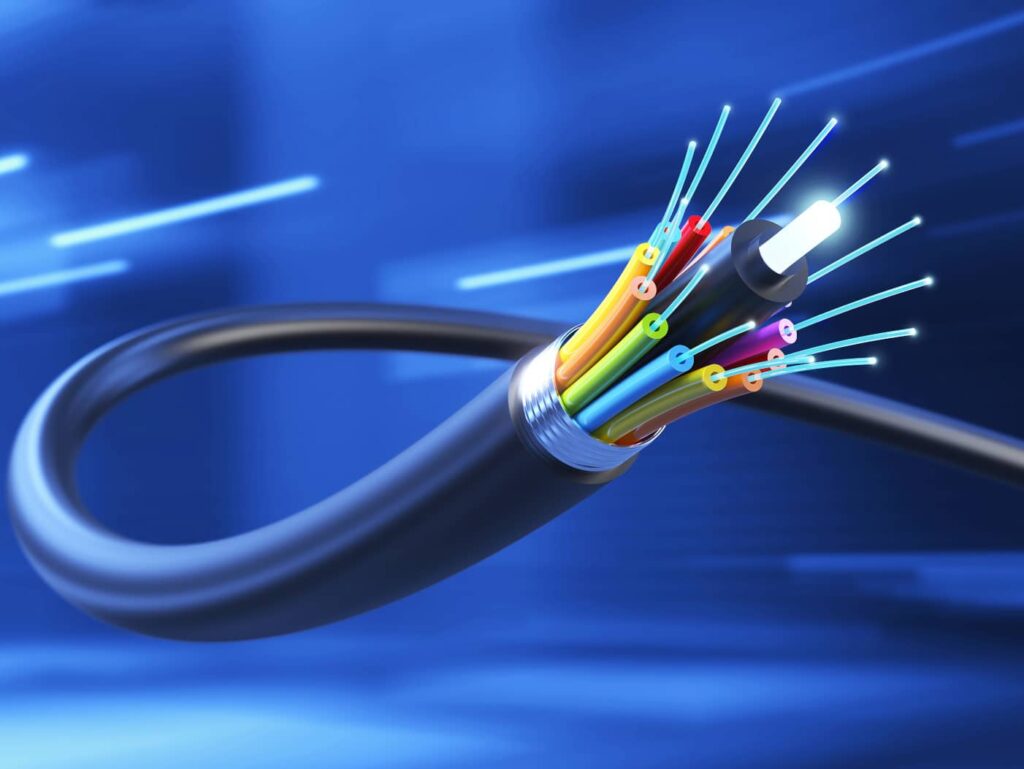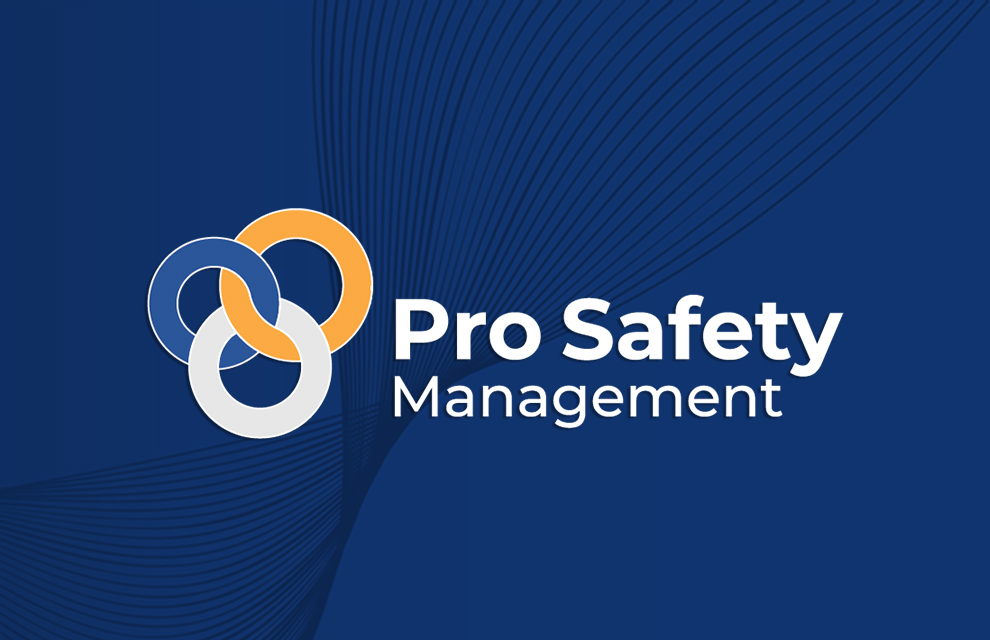
I hope you enjoy reading this blog post.
If you want my team to just do your health and safety for you, click here.
10 Health and Safety Tips for Fibre Optic Splicing Engineers

In this blog, we will discuss the top 10 Health and Safety controls a fibre optic splicing engineer should consider when working safely to protect their health.
Fibre optic splicing engineers play a critical role in the installation and maintenance of fibre optic networks. However, working with fibre optics requires a high level of expertise and a keen eye for health and safety.
Verify Power Sources Are Disconnected
Before working on any fibre optic cables, it is crucial to ensure that all power sources are disconnected.
Why?
Firstly failing to disconnect a laser (light source) could lead to serious eye damage if the ligh source is directed at the eye – more on that later.
Also if the AC/DC power is still live it could lead to an electrical shock or electrocution.
And the typical environments when where you need to be most vigilant include working in:
- Data centres (Server racks)
- Switch Sites
- Active cabinet
Wear Appropriate Personal Protective Equipment (PPE)
The first and most important thing a fibre optic splicing engineer should consider when working with fibre optics is to wear appropriate PPE. This includes safety glasses, gloves, and other protective equipment. PPE is essential to protect the eyes and skin from any harmful exposure to fibre optic cable.
Keep Food and Beverages Away From Work Areas
Fibre particles can easily get into food or drink and be swallowed. If ingested, they could become embedded in your digestive system and cause internal haemorrhaging. Even if you keep your work area clean, the particles can easily be transferred from clothes to food and drinks. You can protect yourself by wearing disposable aprons to prevent fibre particles from getting on your clothing.
Never Look Directly Into The End of Fibre Cables
It’s important there isn’t a light source at the other end of the cable, so make sure the fibre is at least 6 inches away from your eyes. A fibre optic power meter can help you make sure the fibre is dark. Additionally, if you’re using a microscope, make sure it’s electronic so you can see the image on a small screen instead of needing to look directly at it.
Don't Touch Your Eyes
Until your hands have been thoroughly washed, it’s important to not touch your eyes while working with fibre optic cables. Contact lens wearers must not handle their lenses until they have thoroughly washed their hands.
Properly Dispose of Fibre and Cable Scraps
A big part of disposing of fibre and cable scraps involves keeping track of these materials. When you cleave fibre (generally in the fusion or termination process), small scraps of glass are produced. These scraps are very dangerous and can easily penetrate your skin. Fibre glass shards can be hard to see, so it helps to work on black work mats and wear disposable lab aprons. This way, finding scraps is easier.
Fibre Optic Health and Safety Procedures
It goes without saying that you’ll need a risk assessment and method statement, but what about adding in some specific fibre optic safety controls and procedures? We recommend including the following in your procedures:
- Only work in well-ventilated areas.
- Keep all combustible materials safely away from fusion splicers.
- Dispose of all scraps by placing them in a properly marked container for disposal.
- Thoroughly clean your work area.
Use Proper Lighting
Proper lighting is essential when working with fibre optic cables. Adequate lighting ensures that the engineer can see the cables clearly and work on them safely.
Follow Industry Standards and Guidelines
Fibre optic splicing engineers must adhere to industry standards and guidelines when working with fibre optic cables. These standards and guidelines are put in place to ensure that the installation and maintenance of fibre optic networks are done safely and effectively.
Stay Up-To-Date With Training and Education
Fibre optic technology is continually evolving, and it is crucial for fibre optic splicing engineers to stay up to date with the latest training and education. This helps ensure that they have the necessary skills and knowledge to work safely and effectively with fibre optic cables.
In conclusion, working with fibre optic cables requires a high level of expertise and a keen eye for safety. The top ten things a fibre optic splicing engineer should consider when working safely include wearing appropriate PPE, using proper handling techniques, properly labelling and identifying cables, verifying power sources are disconnected, using proper lighting, following industry standards and guidelines, using the proper tools, properly securing cables, properly disposing of materials, and staying up to date with training and education. By following these guidelines, fibre optic splicing engineers can work safely and effectively, ensuring the proper installation and maintenance of fibre optic networks.
cdm telecoms e-learning course
NEW: Construction Design Management Regulations for Telecoms E-Learning Course
Do you want better compliance?
Hey, I’m Alex Burbidge. I’m determined to make a business health and safety compliant. My only question is, will it be yours?

About Pro Safety Management
We are a Specialist Telecoms Health and Safety Consultancy with over 40+ years experience. Serving some of the global leading telecommunication companies, we provide specialist and strategic health and safety management ensuring operational standards at the highest level.
Do you want better compliance?
Hey, I’m Alex Burbidge. I’m determined to make a business health and safety compliant. My only question is, will it be yours?


